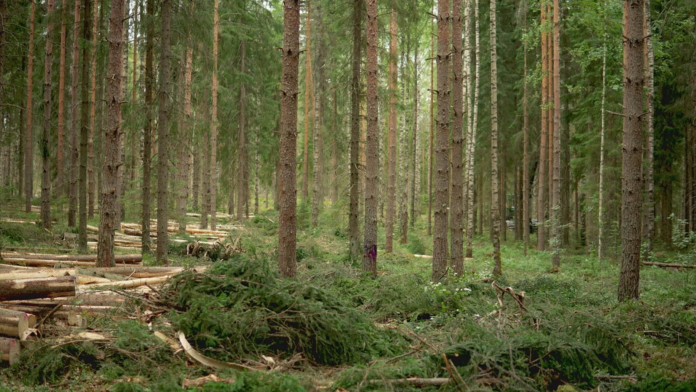Introduction
When we think about trees, we often picture their majestic beauty, providing shade and oxygen to the environment. However, maintaining healthy and aesthetically pleasing trees requires effort and knowledge about tree trimming and pruning. In this article, we will delve into the art of tree trimming and pruning, exploring its importance, techniques, and the benefits it brings to both trees and the surrounding landscape.
Understanding Tree Trimming and Pruning
What is Tree Trimming?
Tree Thinning is the deliberate removal of specific branches or parts of a tree to maintain its shape, size, and overall health. It involves the strategic cutting of branches that are dead, diseased, or potentially hazardous to prevent safety risks and promote the tree’s well-being.
The Purpose of Pruning
Pruning, on the other hand, involves the selective removal of branches to improve a tree’s structure, stimulate growth, and enhance its appearance. By removing overgrown, weak, or unwanted branches, pruning enables the tree to direct its energy toward healthy growth and fruit production.
The Importance of Tree Trimming and Pruning
Ensuring Tree Health
Regular tree trimming and pruning play a crucial role in maintaining a tree’s health. By eliminating diseased or dead branches, it prevents the spread of diseases and infestations that can harm the entire tree. Proper pruning techniques also promote air circulation and sunlight penetration, reducing the chances of fungal growth.
Enhancing Aesthetic Appeal
Well-maintained trees significantly contribute to the visual appeal of any landscape. Tree trimming and pruning help shape the tree in a way that complements the surroundings and maintains a neat and orderly appearance. This is especially important for trees in urban environments or residential areas.
Promoting Safety
Overgrown branches and limbs can pose a safety hazard to people and property, especially during storms or high winds. By regularly trimming and pruning trees, the risk of falling branches is minimized, ensuring the safety of everyone around.
Techniques for Tree Trimming and Pruning
1. Crown Thinning
Crown thinning involves selectively removing branches from the tree’s crown to improve air and light penetration. This technique reduces wind resistance and the chances of storm damage, making the tree more structurally sound.
2. Crown Raising
Crown raising is the removal of lower branches to increase vertical clearance. This is often done to create space for pedestrians, vehicles, or to enhance the view of a property.
3. Crown Reduction
Crown reduction entails the removal of larger branches to reduce the overall size of the tree. This technique is useful when a tree has outgrown its space or poses a risk to nearby structures.
4. Deadwooding
Deadwooding is the removal of dead or dying branches. This not only improves the tree’s appearance but also eliminates potential hazards caused by falling branches.
The Benefits of Tree Trimming and Pruning
1. Improved Tree Health
By eliminating diseased and dying branches, tree trimming and pruning contribute to the overall health and longevity of the tree.
2. Increased Safety
Removing hazardous branches reduces the risk of accidents, property damage, and injuries.
3. Aesthetic Enhancement
Well-pruned trees add beauty and elegance to any landscape, enhancing the overall visual appeal.
4. Encouraging Growth
Pruning stimulates new growth and improves fruit production, leading to healthier and more robust trees.
Conclusion
In conclusion, tree trimming and pruning are essential practices for maintaining the health, safety, and beauty of trees. By understanding the techniques and benefits of these practices, homeowners, landscapers, and arborists can ensure the longevity and vitality of trees in their surroundings. Remember to consult with a certified arborist or tree care professional for expert advice and safe execution of tree trimming and pruning.
FAQs
- When is the best time to trim trees?
- The best time for tree trimming depends on the type of tree. Generally, late winter or early spring is ideal before new growth begins.
- Can I prune my trees myself?
- For small, minor pruning tasks, homeowners can handle the job. However, for significant pruning or trimming, it’s best to hire a professional arborist.
- How often should I trim my trees?
- The frequency of tree trimming depends on the tree’s age, species, and condition. Most trees benefit from pruning every 3 to 5 years.
- Will tree trimming harm my tree?
- When done correctly, tree trimming should not harm the tree. In fact, it promotes healthier growth and reduces potential hazards.
- Is tree pruning different from tree trimming?
- Yes, tree pruning and tree trimming are different techniques. Tree pruning involves the selective removal of branches to improve structure and growth, while tree trimming focuses on maintaining the tree’s size and shape.








